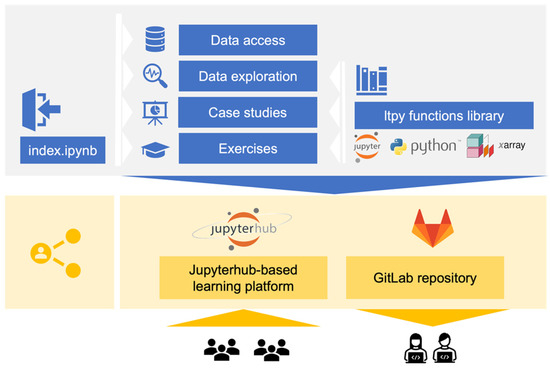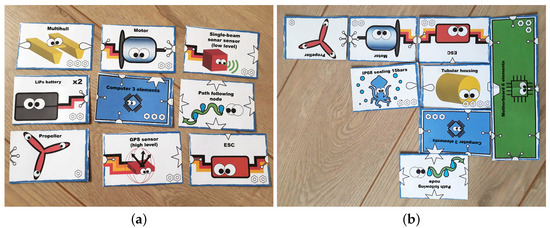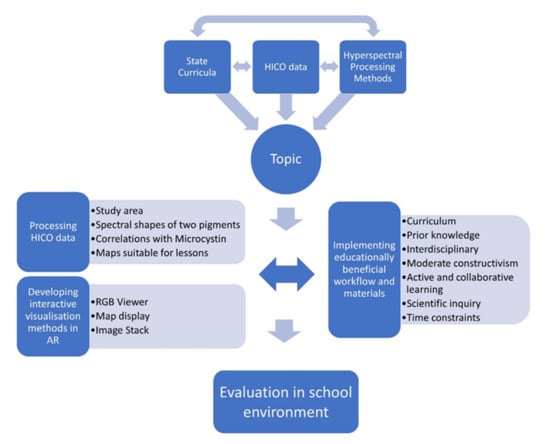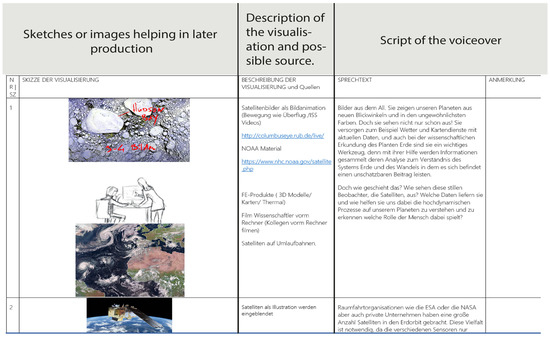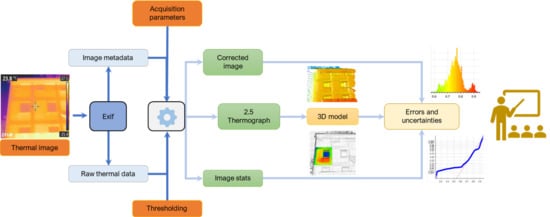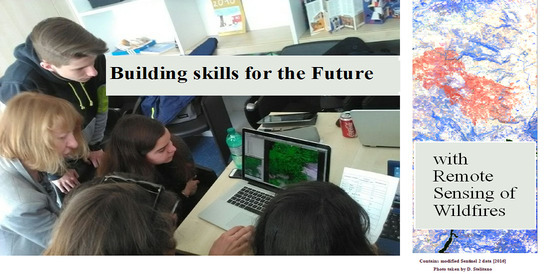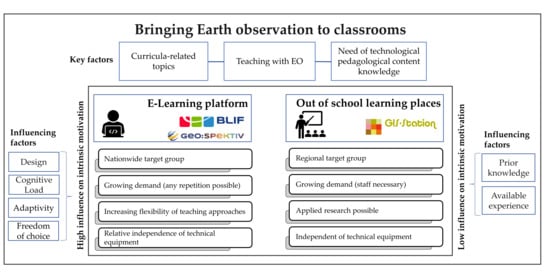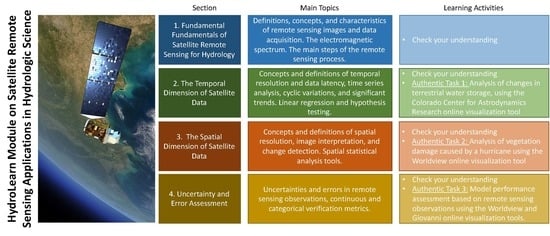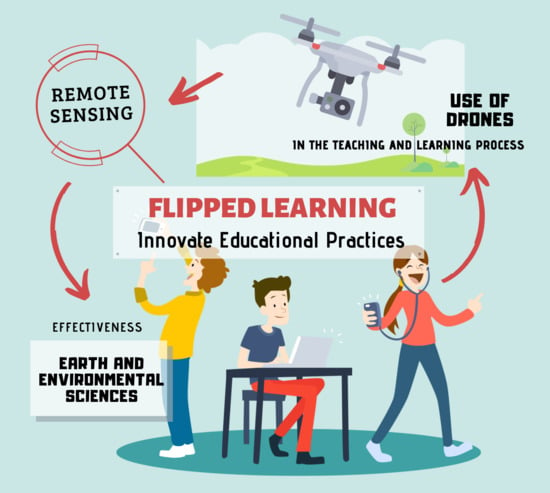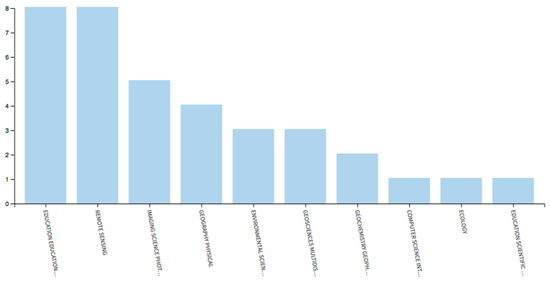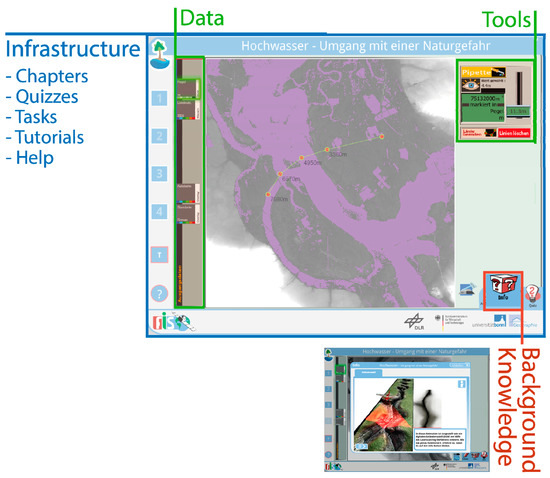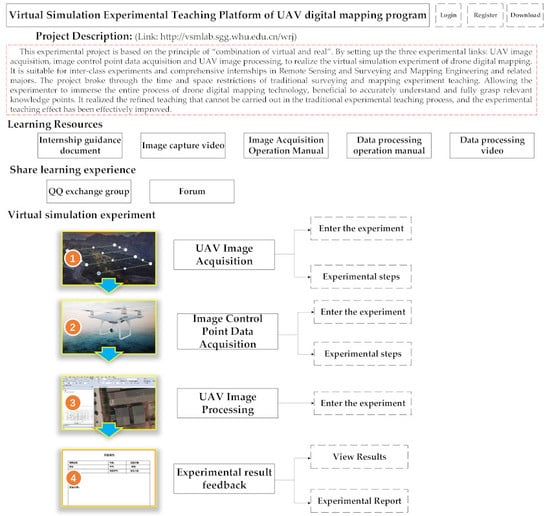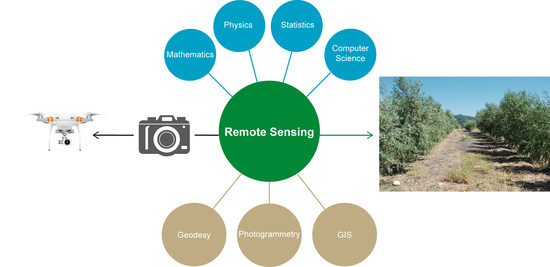Teaching and Learning in Remote Sensing
A topical collection in Remote Sensing (ISSN 2072-4292).
Viewed by 61516Editors
Interests: multi-sensor remote sensing; hyperspectral remote sensing; thermal remote sensing; soil moisture remote sensing; environmental monitoring; in situ/remote sensing integration; remote sensing higher education
Special Issues, Collections and Topics in MDPI journals
Interests: remote sensing; functional traits; biodiversity; data mining
Special Issues, Collections and Topics in MDPI journals
2. Technical Department, Szent István University, (SZIU), H-1118 Budapest, Hungary
Interests: hyperspectral remote sensing; field spectroscopy; mobile and snapshot imaging spectroscopy; precision farming; agriculture
Special Issues, Collections and Topics in MDPI journals
Topical Collection Information
Dear Colleagues,
Satellite and airborne remote sensing of the Earth’s environment is a comparatively young science characterized by technological innovations in short temporal intervals. For the successful, sustainable, and timely utilization of new and upcoming remote sensing data, individuals require methodological expertise and new skills (e.g., handling hyperspectral observations and full polarimetric SAR data).
Training people in these competences is essential to ensure high quality in the field. Therefore, attention has to be turned to teaching and learning remote sensing in higher education (and even earlier) as an ongoing and scholarly process to address the academic and industrial market requirements. Aside from its fast development, a further didactic challenge is the interdisciplinary character of remote sensing, including, for example, competences from electrical engineering, earth sciences, physics, or biology. While various innovative didactic concepts promoting learning, such as the flipped classroom approach or problem-based learning, have been successfully demonstrated in different fields of engineering education, practice reports in teaching and learning remote sensing are widely missing.
The goal of this Special Issue is to foster and disseminate experiences and findings about what improves the learning and teaching of remote sensing in higher education and in the interdisciplinary context of environmental sciences. The publications within this Special Issue shall support and inspire other educators in the field to successfully design their courses and train the next generation.
Contributions presenting teaching concepts, case studies, and reviews related to remote sensing education are our priority, and may include:
- Practice reports including reflection and student feedback;
- E-learning concepts including reflection and student feedback;
- Scholarship of Teaching and Learning (SoTL) studies; and
- Educational theories and practices related to remote sensing teaching and learning.
Dr. Marion Pause
Privat. Doz. Dr. habil. Angela Lausch
Dr. habil. András Jung
Guest Editors
Manuscript Submission Information
Manuscripts should be submitted online at www.mdpi.com by registering and logging in to this website. Once you are registered, click here to go to the submission form. Manuscripts can be submitted until the deadline. All submissions that pass pre-check are peer-reviewed. Accepted papers will be published continuously in the journal (as soon as accepted) and will be listed together on the collection website. Research articles, review articles as well as short communications are invited. For planned papers, a title and short abstract (about 100 words) can be sent to the Editorial Office for announcement on this website.
Submitted manuscripts should not have been published previously, nor be under consideration for publication elsewhere (except conference proceedings papers). All manuscripts are thoroughly refereed through a single-blind peer-review process. A guide for authors and other relevant information for submission of manuscripts is available on the Instructions for Authors page. Remote Sensing is an international peer-reviewed open access semimonthly journal published by MDPI.
Please visit the Instructions for Authors page before submitting a manuscript. The Article Processing Charge (APC) for publication in this open access journal is 2700 CHF (Swiss Francs). Submitted papers should be well formatted and use good English. Authors may use MDPI's English editing service prior to publication or during author revisions.






